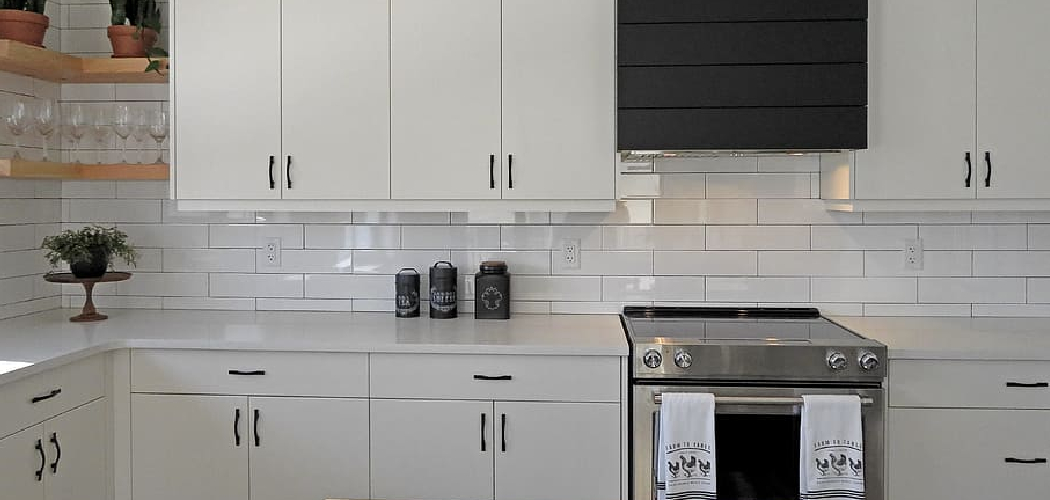Do you want to try a new kind of cabinet-making? Have you ever wanted to create something with a classic European style? Learning how to build European-style cabinets can give your home an elegant touch while remaining timelessly beautiful. Whether it be dark tones, light tones, or even unique stains, the options are endless when it comes to creating one of these amazing pieces.
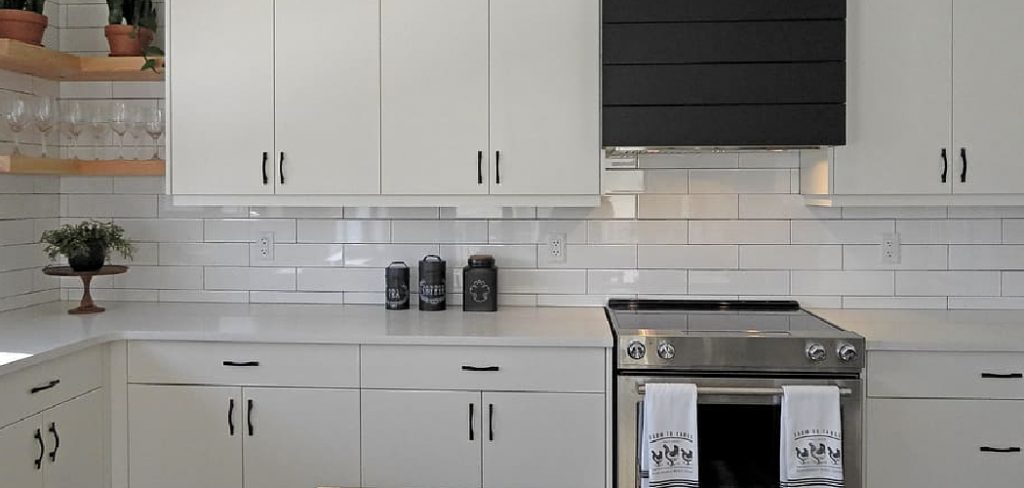
It definitely might seem like a daunting project at first, but with the right techniques and tools, anyone can become adept in the art of cabinetry. In this blog post on how to build European style cabinets, we will guide you through all the steps necessary for the successful construction and assembly of wonderful wooden creations that scream luxury. Read on and learn what’s needed to craft masterpieces out of wood!
What Are the Features of European-Style Cabinets?
1. Minimalistic
The European style of cabinets is known for its minimalistic, sleek design. It features a modern look with flat doors and recessed handles, giving it an uncluttered feel. It will also usually have a matte finish rather than a glossy sheen.
2. High-Quality Materials
European-style cabinets are often made from solid wood or walnut, with only the best quality patterns and grains used in their construction. This ensures that they can hold up to the wear and tear of everyday life while still looking amazing after years of use. They also feature drawers made with dovetail joints, as well as complete interior plywood panels.
3. Versatile
The versatility of this style allows for a range of colors and finishes to choose from, making it the perfect choice for any home décor theme. Whether you prefer dark tones or light colors, you can easily find a design that fits your needs.
Now that you know what features make up the European style of cabinetry, let’s get to the fun part – how to build them!
The Benefits of Having European-Style Cabinets
1. Great Management
The drawers in this style of cabinets feature dovetail joints, which create a strong and stable structure. This ensures that the contents of each drawer will stay inside even if you accidentally bump or shake it, allowing for better management of your items.
2. Durability
The materials used to build European-style cabinets are high quality and will last for years. The solid wood or walnut construction, as well as the interior plywood panels, give it a great deal of strength and stability that can withstand daily wear and tear.
3. Elegance
The look of this style of cabinetry is timelessly elegant and luxurious. With its minimalistic design, sleek lines, and matte finish, it will bring an air of sophistication to any room in the house.
Now that you know some of the benefits of having European-style cabinets, let’s move on to how to build them!
Needed Items
- Plywood
- Wood glue
- Nails
- Screws
- Recessed cabinet handles
- Circular saw or table saw
- Miter box (optional)
- Sandpaper and sanding block
9 Instructions on How to Build European Style Cabinets
1. Cutting
Start by cutting all the pieces of plywood to size. You can use a circular saw or a table saw, depending on what you are more comfortable with. Cutting the sides and back of the cabinet frame first is highly recommended.
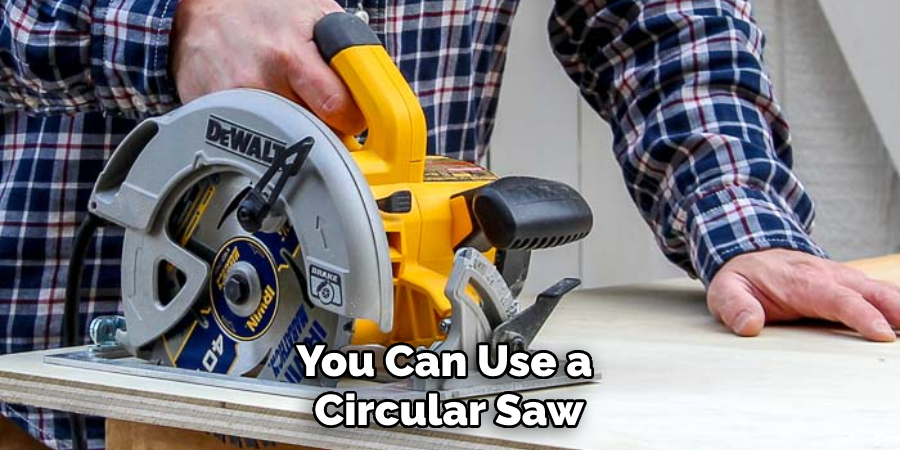
2. Measuring
Using a measuring tape, make sure that all pieces are cut to the right size and that they fit together properly. This step is essential in order to ensure that your cabinets will look professional and uniform once completed.
3. Joinery
Once you’ve checked the measurements of all pieces, it’s time to join them together. You can use wood glue and nails or screws for this step, depending on what type of cabinet you are making. While nails are easier and quicker to use, screws hold better and create a stronger bond between the pieces.
4. Handle Installation
Before you begin assembly of the cabinet frame, make sure to install all handles beforehand. This way, you won’t have to worry about drilling any holes or trying to fit them on later. Installing handles also ensures that they are secure and will stay in place.
5. Assemble
Using wood glue and nails or screws, carefully assemble the cabinet frame. Start by putting together the sides and back first, then add on the front pieces of plywood. Make sure to double-check all measurements once again before continuing with assembly.
6. Finishing
Once the cabinet frame is assembled, you can start sanding down any rough edges or surfaces with a sanding block and some fine-grit sandpaper. This will help to make the surface look smoother and more even.
7. Painting/Staining
Now that you’ve finished sanding, you can go ahead and paint or stain your cabinets. You can use a brush or roller for this step, depending on the type of finish that you want to achieve. Painting or staining the cabinets will help to protect them from wear and tear.
8. Dry Fitting
Before you attach the cabinet frame to the wall, it is highly recommended that you do a dry fit first. This means that you assemble all of the parts together (sans glue), and make sure that everything fits as it should. This will help to ensure that your cabinet is well-made and free of errors or mistakes.
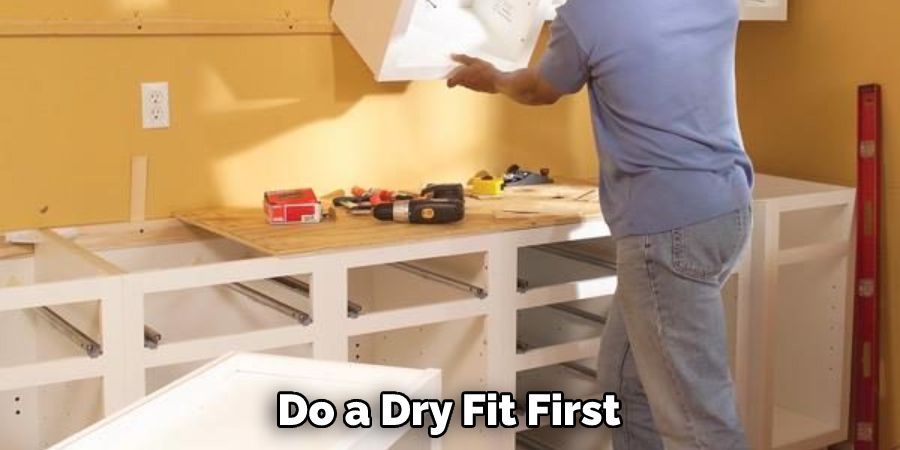
9. Mounting
Once you’ve completed the dry fit, it’s time to attach the cabinet frame to the wall. Using screws, mount the frame onto a solid wall surface such as concrete or brick. Make sure to measure the area accurately before drilling any holes.
Congratulations! You have now successfully built a European-style cabinet. Enjoy your sleek and stylish piece of furniture, knowing that you made it yourself. To maintain the quality of your cabinets over time, make sure to clean and dust them regularly. Apply a clear coat of varnish every few years to keep them looking like new.
8 Maintenance Tips for European Style Cabinets
1. Always keep them dust-free. Regularly wiping down your European-style cabinets is key to maintaining their beautiful finish and preventing dirt from collecting in any of the crevices. Dust destroys the surface of the cabinets, so be sure to wipe them down with a damp cloth at least once a week.
2. Polish and wax as needed. Wood goes through a process known as “seasoning” when it is exposed to air, which can make it look duller over time. To bring back the shine and protect your cabinets, apply a wood wax or polish to the surface as needed.
3. Clean spills quickly. If any liquid is spilled on your European-style cabinets, make sure to wipe it up immediately with a damp cloth and dry the area completely with a soft towel. Dampness can damage the finish of the cabinet and cause discoloration.
4. Avoid abrasive cleaners. When cleaning your European-style cabinets, avoid using any harsh chemicals or abrasive materials like steel wool. These can strip away the protective coating on the cabinets and leave them looking dull and damaged.
5. Check for wear & tear regularly. Inspect your cabinets periodically for signs of wear and tear. Keep an eye out for any chipped paint or scratches, and repair them as soon as possible to prevent further damage.
6. Replace hardware when necessary The handles and knobs on European-style cabinets tend to start looking dull after a while. If this happens, you can replace them with new ones to give your cabinets a fresh look.
7. Fix minor damage promptly. Minor damage like scratches, chips, and dents can be easily fixed using wood filler, sandpaper, and paint. These repairs won’t take long, but they will make a big difference in the overall appearance of your cabinets.
8. Protect from sunlight Sunlight can cause discoloration and fading in wood over time, so be sure to keep your cabinets out of direct sunlight as much as possible. This will help maintain their color and luster for many years.
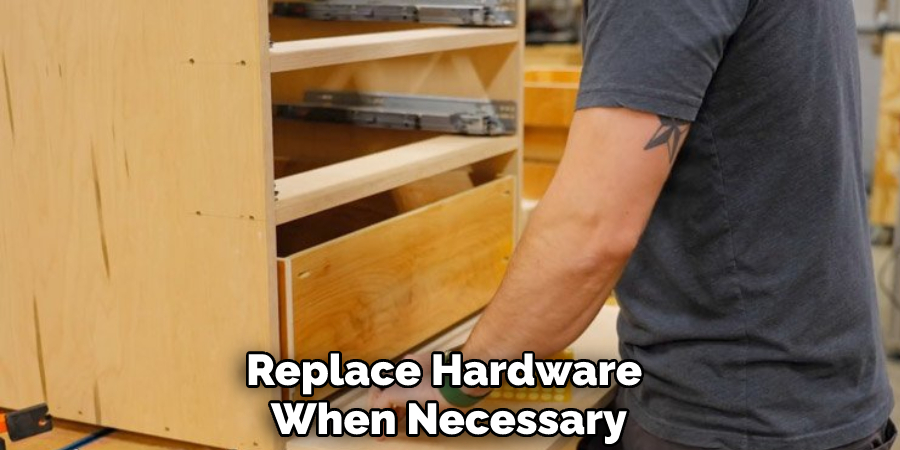
Following these tips will ensure that your European-style cabinets stay looking beautiful and last for years to come. With some regular maintenance and a few simple repairs, you can keep your cabinets looking like new.
Frequently Asked Questions
How Long Will It Take to Finish the Project?
This depends on the size of the cabinets and the complexity of your design. Generally, it takes a few days to build European-style cabinets from scratch. However, if you are using pre-fabricated cabinet parts, you may be able to complete the project in a single day or two. It might also be possible to complete the project in less time if you have access to advanced woodworking equipment.
Do I Need Special Skills or Training?
It is possible to build European-style cabinets without any special skills or training as long as you are familiar with the tools needed for the project. You should remember to take safety seriously when using power tools and always wear appropriate safety gear. Additionally, if you are unsure about any aspects of the project, it is a good idea to seek advice from an experienced woodworker or teacher.

Conclusion
To wrap up, if you want to build European-style cabinets for your home or business project, make sure you have a plan and the correct tools. Take into account how difficult or challenging it could be, and don’t forget that the finished product will be worth all the time and effort put in.
For those of you that have some experience already, this is a great way to expand your furniture-building skillset.
Depending on your goals, take the advice on how to build European style cabinets given here and apply it accordingly. Most importantly, find some joy in this process so that when you look at the finished article, you can take pride in something truly unique. So gather materials, measure twice, cut once—and go build something beautiful!

